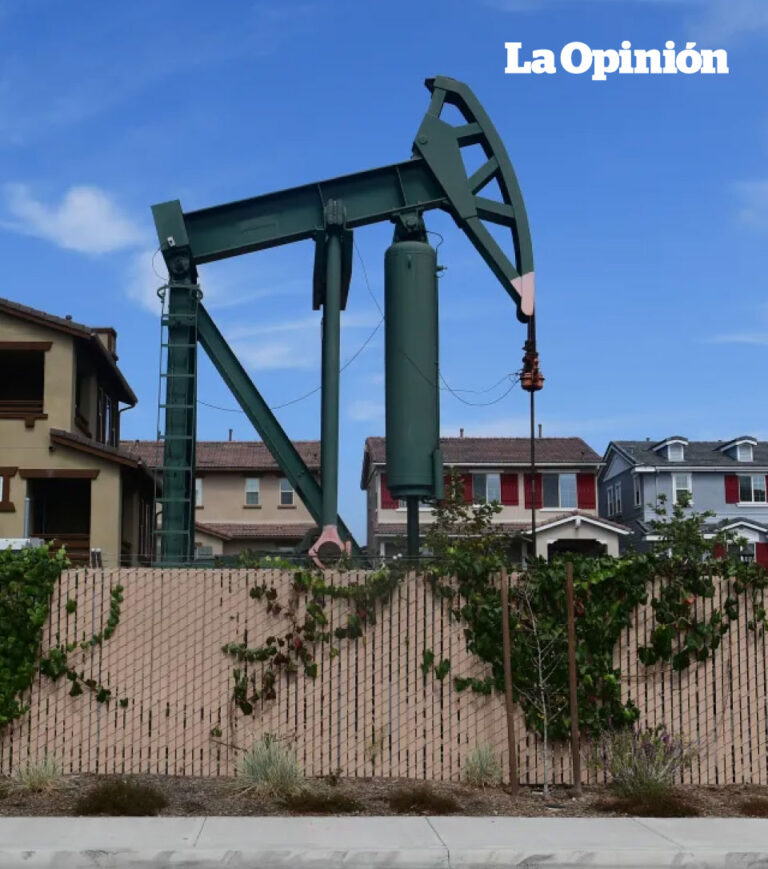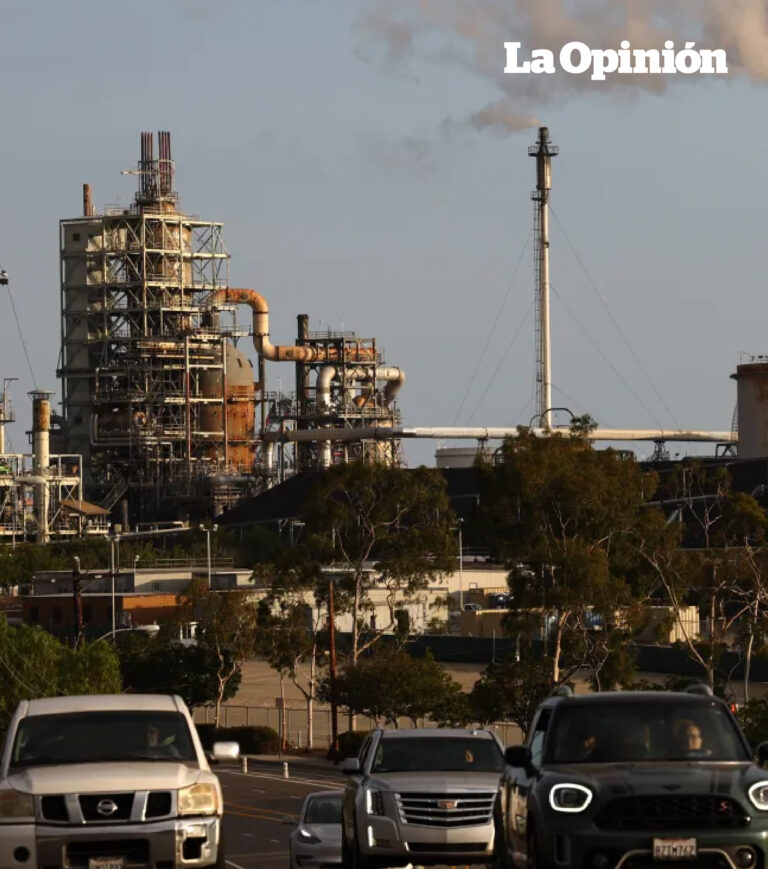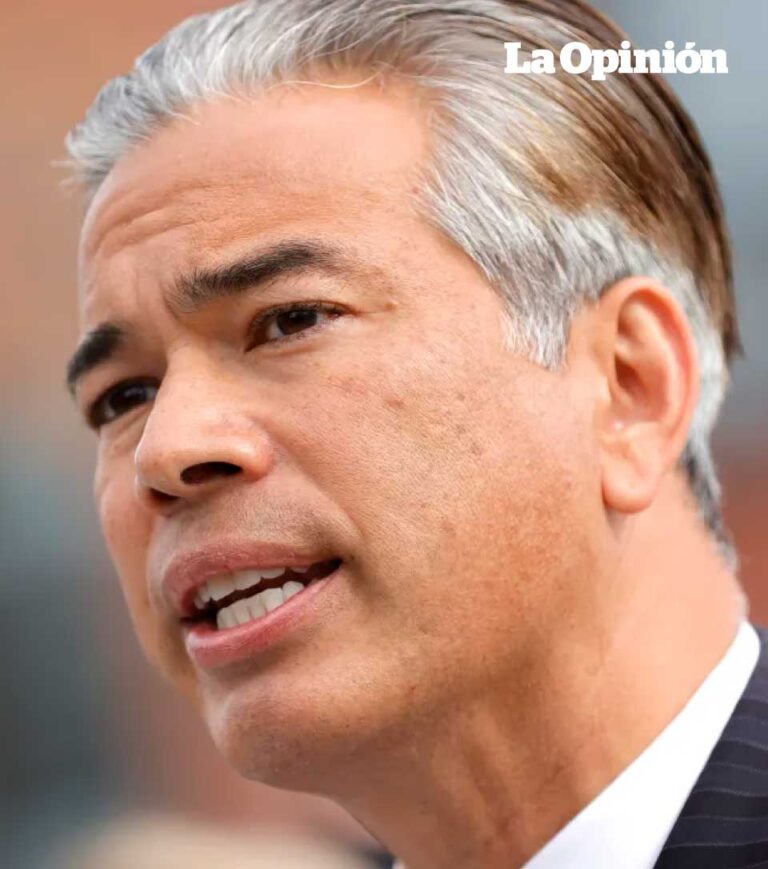Grid expansion should prioritize benefiting underserved and under-resourced regions such as the Central Valley and Salinas Valley and the Los Angeles basin.
After World War II, a rapid process of industrialization and modernization swept the country. Among other things, hundreds of thousands of homes were built for discharged soldiers and their families. The giant freeways that facilitated the development of the automobile industry and shortened distances were paved. And electric transmission and distribution lines, on which the functioning of modern society depends, were built.
According to the American Society of Civil Engineers, this infrastructure has a life expectancy of 50 years.
About 53 to 83 years have passed, and the equipment that supplies us with electricity remains the same.
Meanwhile, the electrification of the transport and data transmission sector has taken place, together with the natural growth of the population. Given these two processes, it is now urgent to begin modernizing the transmission infrastructure.
Obviously, it is not just about replacing aging lines with modern ones, but also about expanding existing ones. The regional focus in the CAISO
report emphasizes that expansion should be focused on where clean, “carbon-free” energy projects can be built.
Clean technologies
At the same time, the aim is to replace polluting and expensive technologies such as those based on coal, oil and natural gas, with solar energy (through solar panels), wind (wind turbines), nuclear, hydro (reservoirs in rivers), tidal (marine and offshore wind), geothermal (using heat from the Earth), biomass/biogas, and energy storage in long-lasting batteries.
A combination of renewed infrastructure and clean technology is crucial.
New transmission lines will make it possible to bring electricity from windy, sunny or coastal areas to where it will be used. These include, writes Sammy Roth in Boiling Point, projects such as “solar farms in
California’s Central Valley, geothermal plants off the Salton Sea and floating wind farms off the coast.
In California
California, whose economy would be the fifth largest in the world if it were an independent country, requires this process to take place as soon as possible, on the premise that “transmission lines bring renewable energy, cleaner air and good jobs.”
The rest of the country pays attention to what is happening here, due to the magnitude of our infrastructure and especially because successive progressive governments have managed to set ambitious goals in its law. By 2035 we are required to have 90% clean energy and 100% by 2045. And the wiring must also be capable of supplying electricity to tens of millions of electric cars replacing gasoline-powered internal combustion engine cars.
Currently, according to several sources, California’s electric generating capacity is 80 gigawatts. To meet the statutory goal, the idea is to add 70 gigawatts by 2035 and an additional 50 gigawatts between 2035 and 2045.
That means increasing clean energy technologies on the grid “at a minimum rate of 7,000 to 8,000 megawatts each year. One megawatt is roughly enough electricity for the instantaneous demand of 750 homes at a time, the CAISO website explains. CAISO, the California Independent System Operator (CAISO), is a quasi-governmental agency with broad planning powers for all energy issues.
That means electricity to supply six million homes or to charge one million electric cars each year.
CAISO Report
In April, CAISO released a draft of a new report that culminated in the final document recently released as part of its transmission line transition plan developed last year.
The report estimated that the initial cost of “transmission projects that would support renewable energy growth” would be $7.5 billion.
ISO is only one of three state agencies with similar missions, which require coordination with each other. The others are the Public Utilities Commission (PUC) and the California Energy Commission.
Los Angeles
As has been covered repeatedly in this column, there are thousands of oil wells in Los Angeles County, many of them decommissioned or depleted and others in full operation, in areas of high population density, especially by Latino families. These wells, whether or not they are in operation, emit methane in quantities that put the health of the population at risk.
And while some legislation and executive actions in California have made strides in finding a solution to the problem, this solution has not been the first priority of those charged with achieving the state’s transition to renewable energy by 2035 and 2045.
CAISO’s new report addresses this by stating that “Unfortunately, earlier this year, the state decided to give permission to the owners of three very old gas-fired power plants along the south coast to operate for another three years.”
In addition, the California Energy Commission voted on August 9, 2023 to extend the useful life of the Ormond Beach Generating Station in Oxnard, the AES Alamitos and AES Huntington power plants through 2026.
All of these decisions increase rather than decrease Los Angeles’ dependence on fossil fuels for electricity production, push the deployment of clean renewable energy into an uncertain future beyond 2050 (most of the current fleet of fossil fuel power plants must remain available until at least 2050 to meet peak loads), and directly threaten the health of community members.
For the next several years, the Los Angeles Basin, which encompasses Los Angeles, Orange, Riverside and San Bernardino counties, will continue to rely on twelve large-scale gas plants that span from Huntington Beach in the south, the San Fernando Valley in the north and San Bernardino in the east.
And if it wants to reduce this dependence, the region will have to import electricity from cleaner sources or rapidly develop an alternative
followed by LADWP, which consists of laying a 100-mile submarine cable parallel to the coast.
This is why Los Angeles is required to be at the center of the project acceleration effort, much more than it is now: after all, this is where 15 of California’s 39 million people live.
The Central Valley
Notably, a new report from CEERT, the Center for Energy Efficiency and Renewable Technologies, confirms and quantifies that in California, transmission lines bring renewable energy, cleaner air and good jobs to the Central Valley.
As is well known, California’s Central Valley has the most polluted air by particulate matter in the country, which is all the more reason to put this region, whose agricultural production feeds an important part of the country, at the forefront of the effort to implement renewable energies.
Fortunately, it is also a prime area for solar energy development, with its 300 days of sunshine per year on average and its relatively flat terrain.
In addition, there are nearly half a million acres of land there, which according to a 2016 study by the Center for Law, Energy and the Environment at the University of California Berkeley School of Law could be suitable for solar energy development.
Furthermore, given all of the above, the Central Valley could develop nearly all of the solar power needed by 2045 for the entire state.
Who will foot the bill?
One of the issues that could decide whether or not California meets the goal, and more importantly, how much of the cost will fall on household consumers, is obviously the financial burden of the huge investment required. California has three companies that are virtually regional monopolies and cover almost all of the state’s electricity production: Southern California Edison (SCE), Pacific Gas & Electric (PGE) and San Diego Gas & Electric (SDGE).
In order for the burden of the project not to fall on the consumer, already overwhelmed by increases in electricity rates in recent years, it should be taken into account that the profits of these three large generators in California have higher than average profit margins, which unfortunately are authorized by the Federal Energy Regulatory Commission, exceeding 10%. Despite this, the companies have asked to be approved for a profit of about 13%. It is unfair that shareholders do not bear at least a majority share of the cost of an investment that will guarantee its operation and profitability for many years to come.
Additionally, at the state level, the government protects investors in utilities from risk, including letting them factor overdue bills into arrears
accounts and pass on the costs of renewable energy contracts to customers.
This approach must change if the transition to renewable energies is to benefit the population and not just the owners of giant monopolies.
Finally, it is important that the expansion of the grid considers as a priority the benefit of underserved and low-income regions such as the Central Valley and the Salinas Valley, in order to incorporate a renewable energy economy there.
Indeed, the CAISO report correctly prioritizes transmission expansion in the following areas: Central Valley, Los Angeles Basin, and the Imperial Valley and San Diego Area, to ensure that their geothermal and solar potential can be developed in a timely manner.



